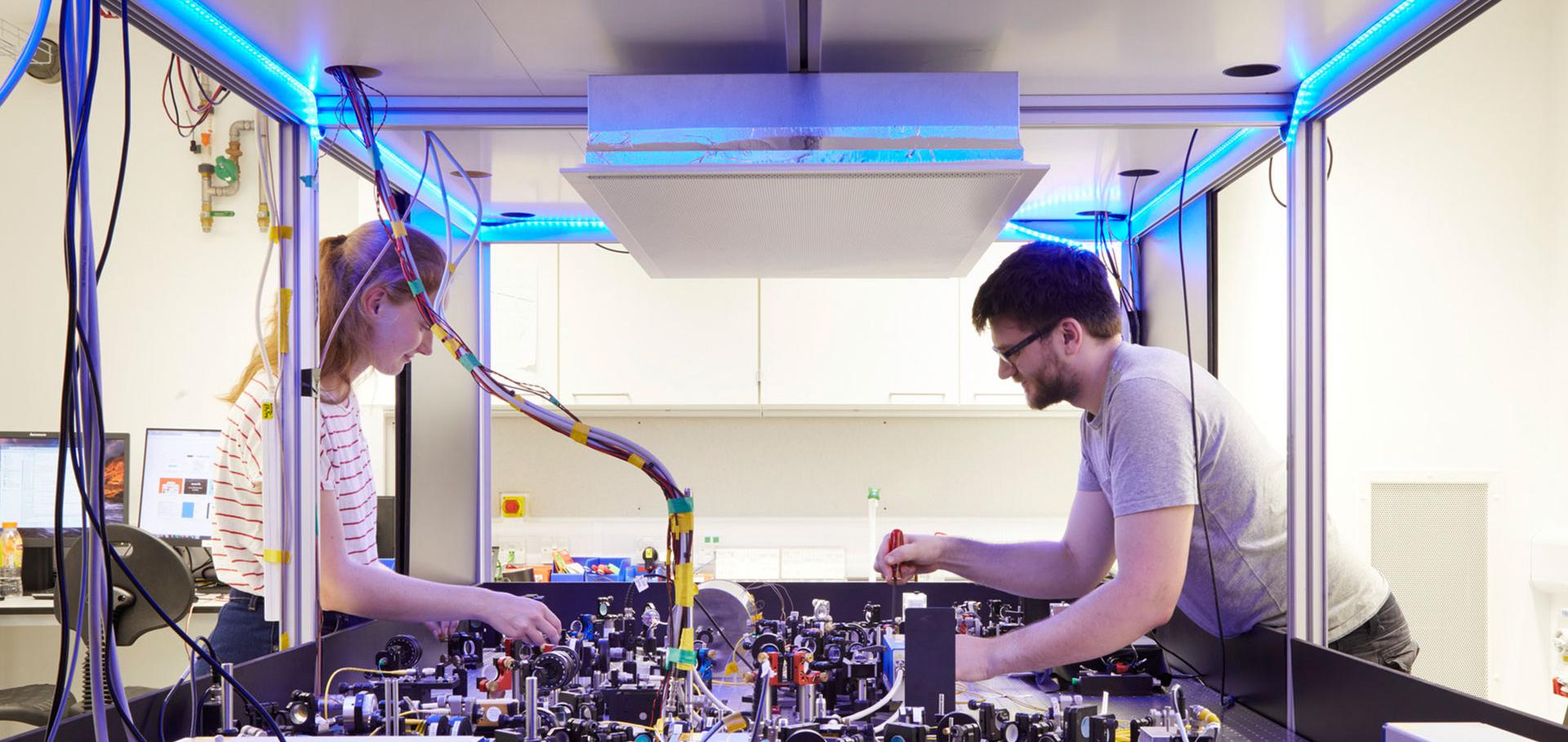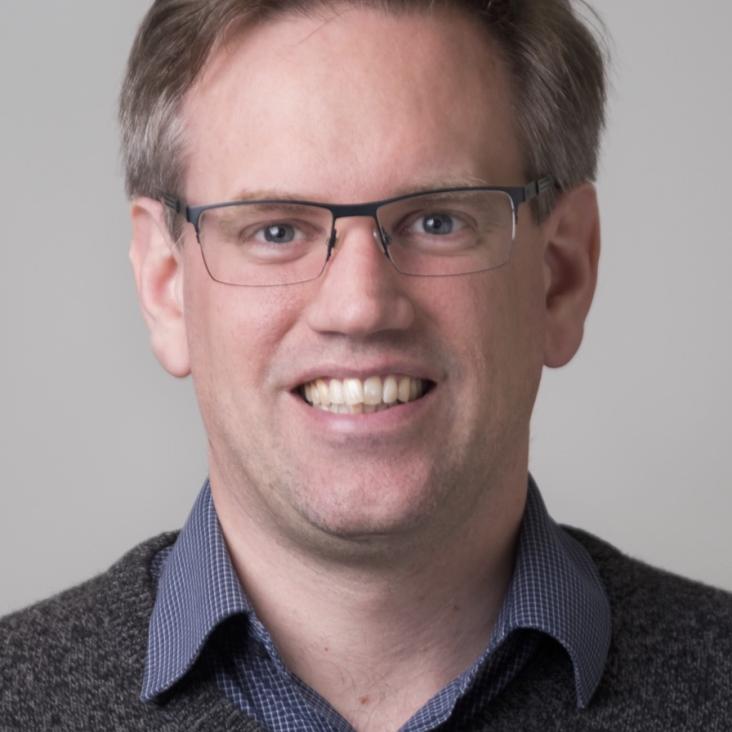Practical quantum advantage in quantum simulation.
Nature 607:7920 (2022) 667-676
Abstract:
The development of quantum computing across several technologies and platforms has reached the point of having an advantage over classical computers for an artificial problem, a point known as 'quantum advantage'. As a next step along the development of this technology, it is now important to discuss 'practical quantum advantage', the point at which quantum devices will solve problems of practical interest that are not tractable for traditional supercomputers. Many of the most promising short-term applications of quantum computers fall under the umbrella of quantum simulation: modelling the quantum properties of microscopic particles that are directly relevant to modern materials science, high-energy physics and quantum chemistry. This would impact several important real-world applications, such as developing materials for batteries, industrial catalysis or nitrogen fixing. Much as aerodynamics can be studied either through simulations on a digital computer or in a wind tunnel, quantum simulation can be performed not only on future fault-tolerant digital quantum computers but also already today through special-purpose analogue quantum simulators. Here we overview the state of the art and future perspectives for quantum simulation, arguing that a first practical quantum advantage already exists in the case of specialized applications of analogue devices, and that fully digital devices open a full range of applications but require further development of fault-tolerant hardware. Hybrid digital-analogue devices that exist today already promise substantial flexibility in near-term applications.Counterdiabatic Optimized Local Driving
PRX QUANTUM 4:1 (2023) ARTN 010312
Non-Markovian Quantum Dynamics in Strongly Coupled Multimode Cavities Conditioned on Continuous Measurement
PRX QUANTUM 3:2 (2022) ARTN 020348
Deterministic Fast Scrambling with Neutral Atom Arrays.
Physical review letters 126:20 (2021) 200603
Abstract:
Fast scramblers are dynamical quantum systems that produce many-body entanglement on a timescale that grows logarithmically with the system size N. We propose and investigate a family of deterministic, fast scrambling quantum circuits realizable in near-term experiments with arrays of neutral atoms. We show that three experimental tools-nearest-neighbor Rydberg interactions, global single-qubit rotations, and shuffling operations facilitated by an auxiliary tweezer array-are sufficient to generate nonlocal interaction graphs capable of scrambling quantum information using only O(logN) parallel applications of nearest-neighbor gates. These tools enable direct experimental access to fast scrambling dynamics in a highly controlled and programmable way and can be harnessed to produce highly entangled states with varied applications.One-dimensional Kronig-Penney superlattices at the LaAlO3/SrTiO3 interface
NATURE PHYSICS 17:7 (2021) 782-+


